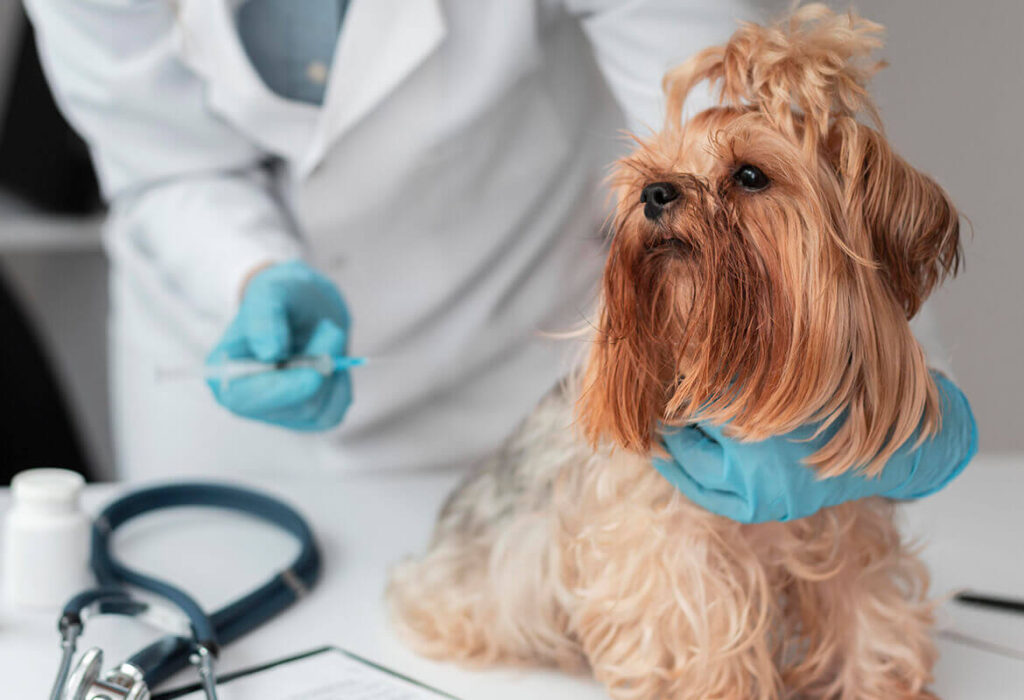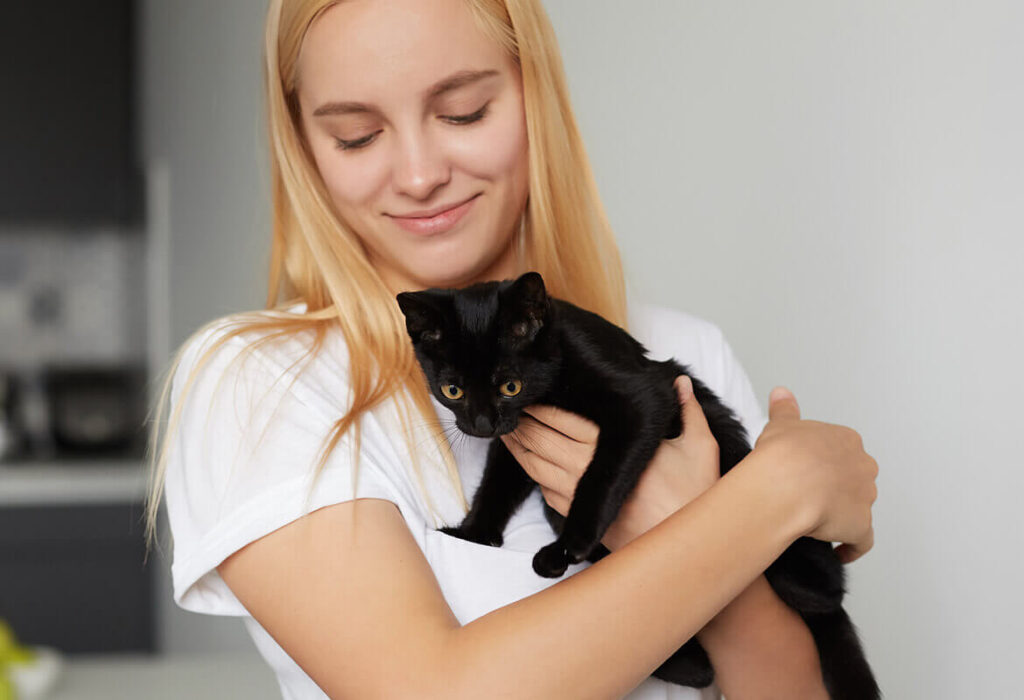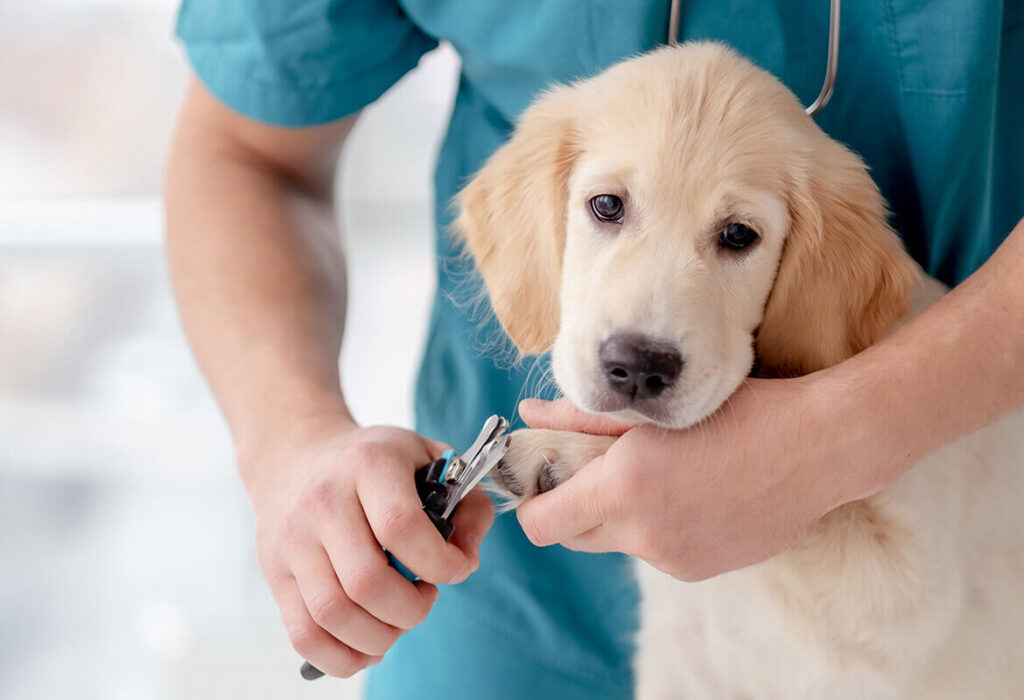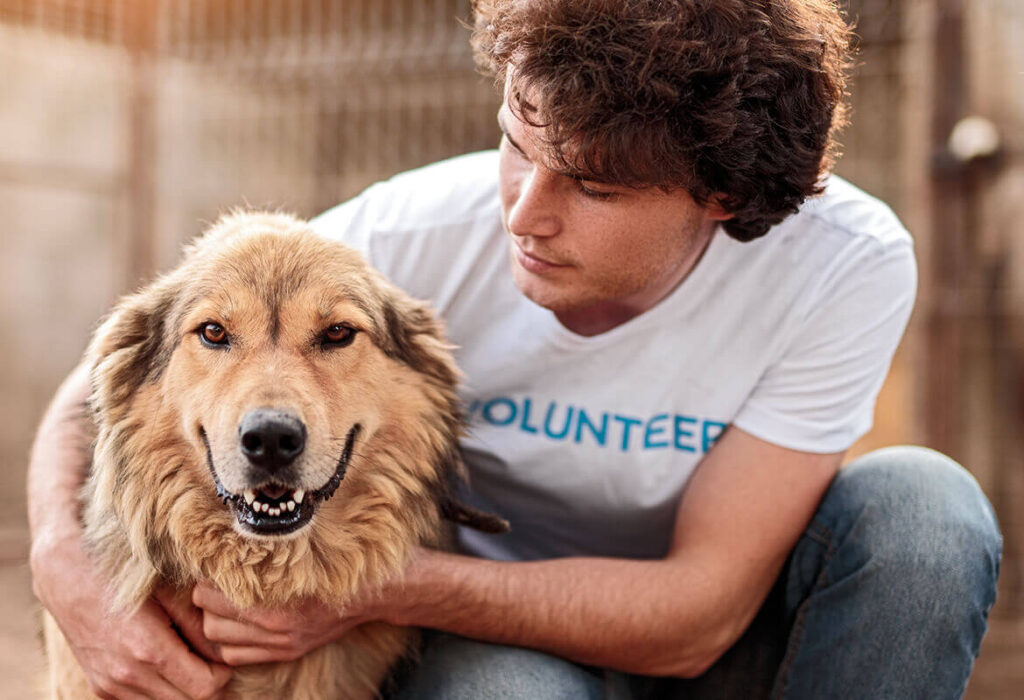Pets, Parasites & You

Pets are family and it is extremely important to keep them healthy and free of parasites. Parasites can affect your pet in a variety of ways from skin irritation to life-threatening diseases. They also can infect and transmit life threatening diseases to you and your family also. Your veterinarian can help prevent, accurately diagnose and […]
Preventing Zoonotic diseases

Human-animal interactions enrich our lives. But, this can also pose risks to both humans and animals. One of these risks is the spread of disease between humans and animals. Fortunately, preventive measures and good hygiene are simple ways to reduce the risk of disease. What are zoonotic diseases? Zoonotic diseases are diseases that can […]
Why is my dog so itchy?

Flea and Flea Allergy Dermatitis One common cause of itching in pets is a hypersensitivity to flea bites, also known as flea allergy dermatitis. It doesn’t take many fleas to whip your pet into a scratching and grooming frenzy, but the condition isn’t always easy to identify and is frequently mistaken for a rash. Often, […]
Things to do as a pet parent

He is your treasure. So making sure they are as happy and healthy as can be is a must for you. Get Regular health checkups done by veterinarian Get vaccinations done as per veterinarian’s advice Worms can grow inside your pet. Regularly worm your pet as per your veterinarian’s advice Bathe your pet regularly […]
Atopic Dermatitis in Dogs

My Dog Has Been Diagnosed with Atopic Dermatitis. What’s Next? Atopic dermatitis is similar to asthma in people, but as an allergic skin condition, it causes your pet to itch. It’s caused by a dog’s natural sensitivity to common environmental substances like pollen, mold spores, and dust mites. There are many treatment options to consider, […]
How to start training your puppy?

Puppies are quick learners. They learn from the environment, from socializing with people or other animals and also from direct training. Training gives the perfect foundation for their adulthood. Providing puppies with the appropriate socialization and basic puppy training allows them to grow into confident adult dogs. Follow this step-by-step puppy training guide to set […]
Basic Puppy Training Timeline

7-8 weeks old Basic Cues (Sit, Stay, Come) You can start with basic cues as early as 7 weeks old: Say a cue such as “sit” once. Use a treat to position your dog into a sitting position. Once sitting, give your puppy the treat and some praise. Leash Training You can start leash training […]
Why cats make amazing companions?

Cats are quiet If noise levels are a concern in your living situation, cats are a great choice of pet. Even the quietest bark will likely be much louder than the most insistent meowing. Depending on the cat, you may need to worry about other sounds such as them knocking things off of surfaces […]
How to improve your senior pet’s quality of life?

Our pets are truly members of the family, offering us love and companionship. It’s not always easy to see our beloved pets enter their senior years, but understanding their needs can help keep them happy and healthy. Here are a few points to consider. Take particular care on health and wellness It is important […]
Help pets with pain stay happy

It is that time of the year when your pet may feel uncomfortable due to increased sensation of stiffness and pain in joints. Moreover, for pets who have osteoarthritis, this is one of the most challenging times. Also heart-breaking it is for pet parents to see their child writhing in pain, unable to move with […]
